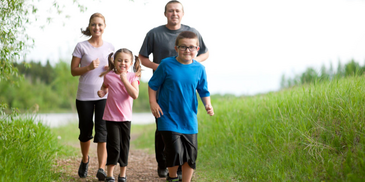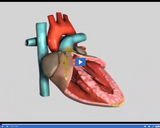
This blog post includes ideas, tips, and videos to support teaching Gymnastics in PE class.
- Subject:
- Physical Education
- Material Type:
- Reading
- Provider:
- The PE Specialist
- Date Added:
- 12/18/2023


This blog post includes ideas, tips, and videos to support teaching Gymnastics in PE class.

This blog post includes ideas, tips, and videos to support teaching Jump Rope in PE class.

This blog post includes ideas, tips, and videos to support teaching Soccer in PE class.

This video explains how to conduct the curl up test in PE class.

This video explains how to conduct the push up test in PE class.

The Digestion and Nutrition Student Edition book is one of ten volumes making up the Human Biology curriculum, an interdisciplinary and inquiry-based approach to the study of life science.

Describes all provisions of this Federal Law.

Per Utah Code 53G-10-402 parental consent is required prior to instruction in this content.
Utah Department of Health site for Intimate Partner Violence. Includes data, toolkits, resources, warning signs, posters, and more.

Arteries are blood vessels with thick, elastic, muscular walls that carry oxygen-rich blood from the heart to the body.

A common cause of high blood pressure is a disease called "atherosclerosis." Atherosclerosis is a condition characterized by narrowing of the arteries. This is due to an accumulation of fatty deposits called "plaque" on the inner walls of arteries.

Red blood cells have two possible carbohydrates which coat their surface. The letters "A" and "B" refer to these two different types of carbohydrates.

As you know from getting cut, blood is a fluid. Almost 55% of the total volume of blood is made up of a liquid called "plasma." Plasma consists mainly of water.

Thin-walled blood vessels called capillaries are so small that blood vessels flow through them in single file. Gases, nutrients, and wastes are exchanged through the thin walls of capillaries.

Thin-walled blood vessels called "capillaries" are so small that blood cells flow through them in single file. Gases, nutrients, and wastes are exchanged through the thin walls of capillaries. Capillaries form branches that connect to arteries and veins.

The pumping action of the heart has two main periods: a period of relaxation called the "diastole," and a period of contraction called "systole."

From the left ventricle, oxygen-rich blood enters the largest artery in the body, the aorta. Arteries stemming off the aorta carry oxygen-rich blood to all parts of the body.

The heart is made up of four main chambers or hollow compartments. The septum, a thick wall of tissue, separates the hearts' right side and left side. Right and left is referred to as if the heart were in your own body.

Your body also has a vast network of pipelike structures called "blood vessels" that transport blood.

Platelets consist of cell fragments that play a key role in blood clotting. Through a series of reactions, platelets help weave a net across a cut or injury. Without clotting, you'd bleed to death.

If you place your fingers on the underside of your wrist, you can feel blood pulsing in an artery. Veins, another type of blood vessel, return oxygen-depleted blood to the heart.